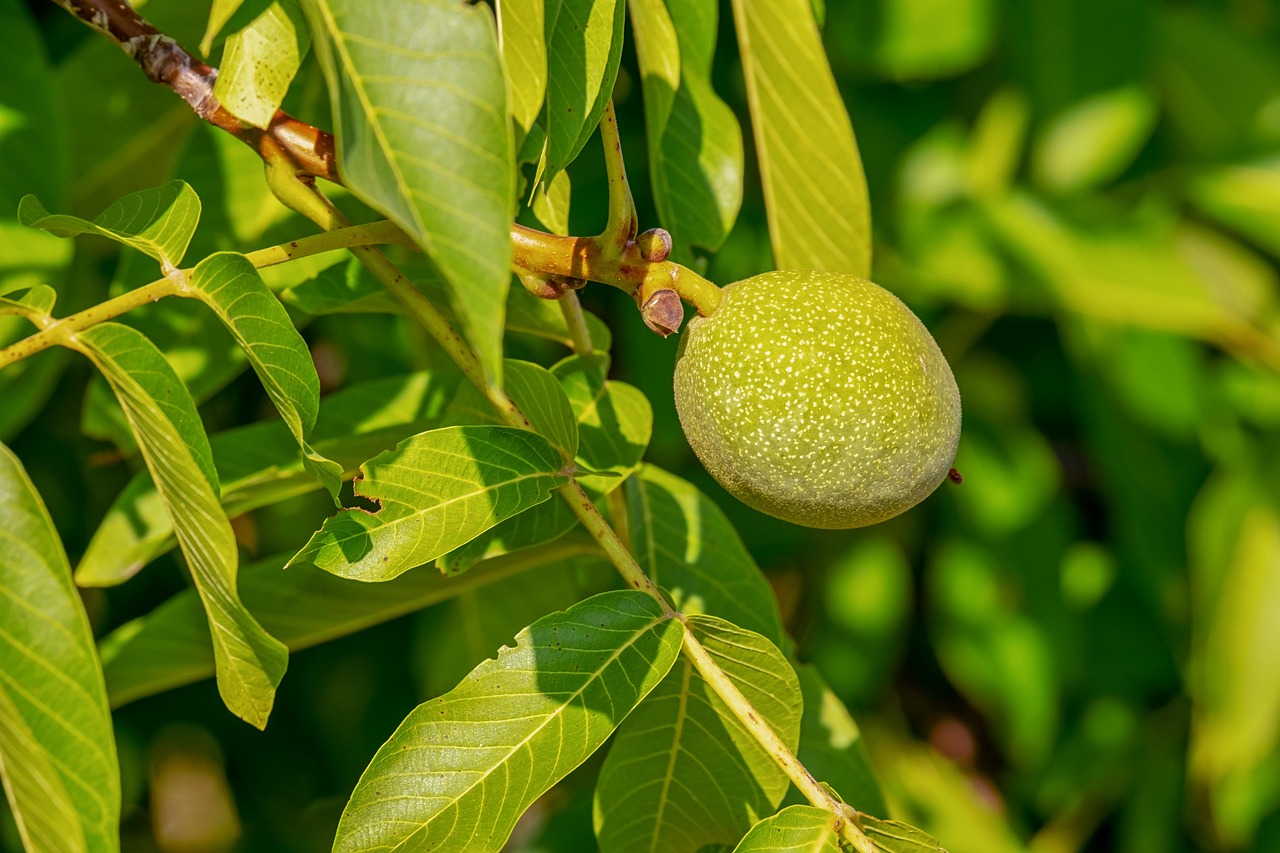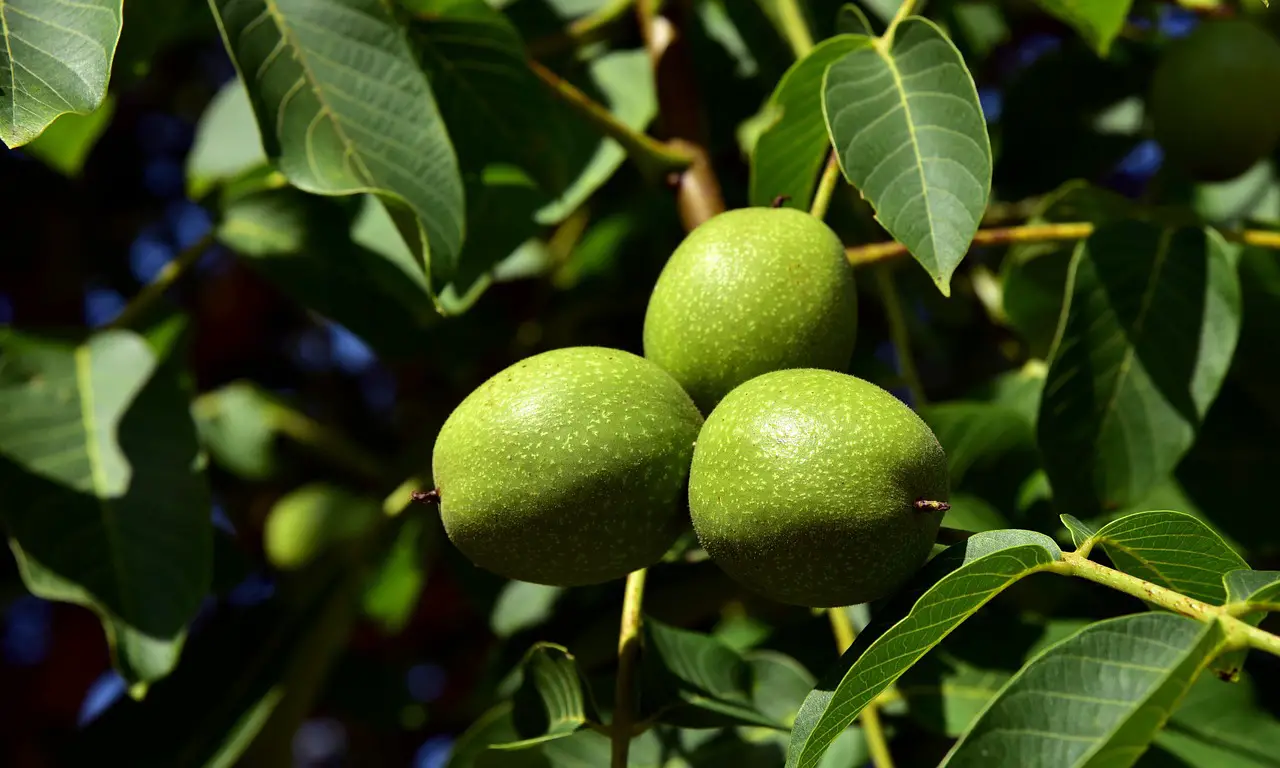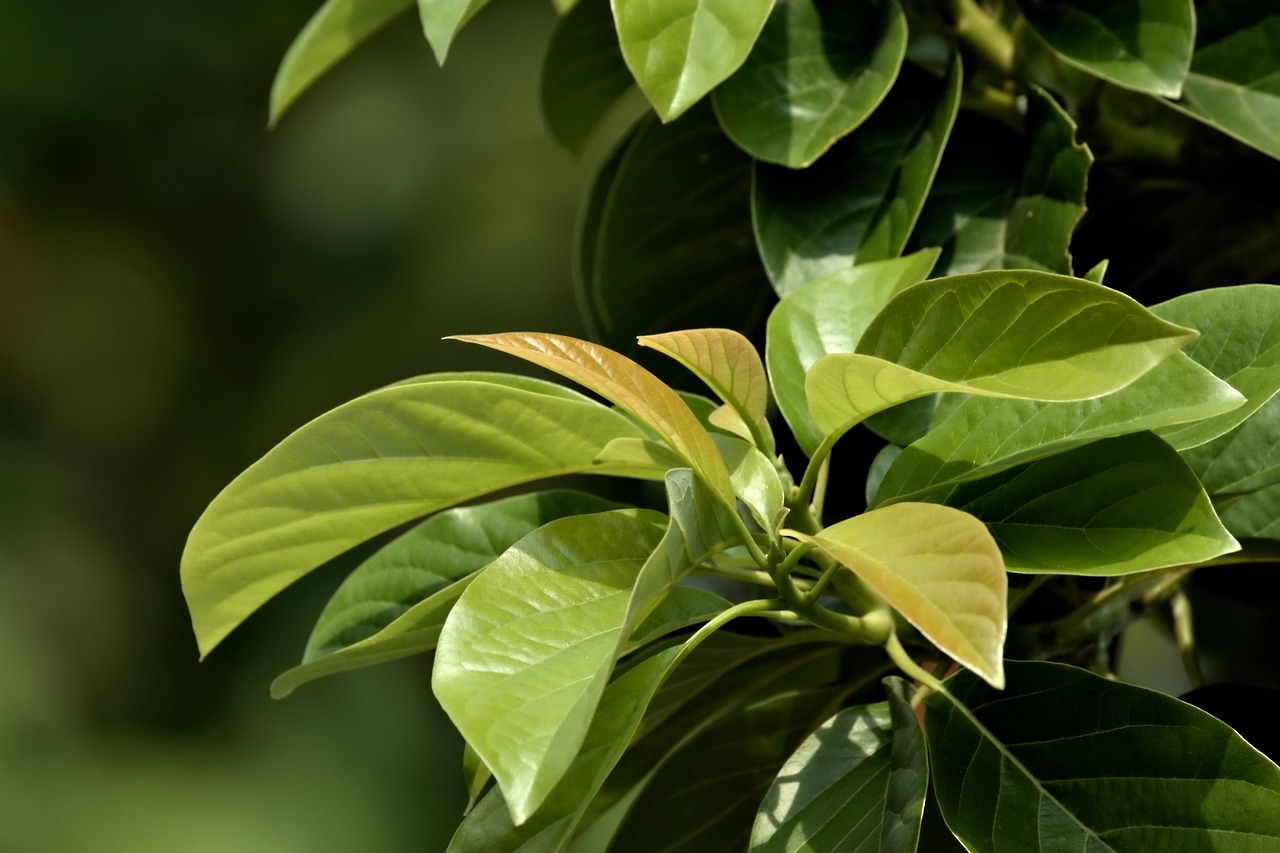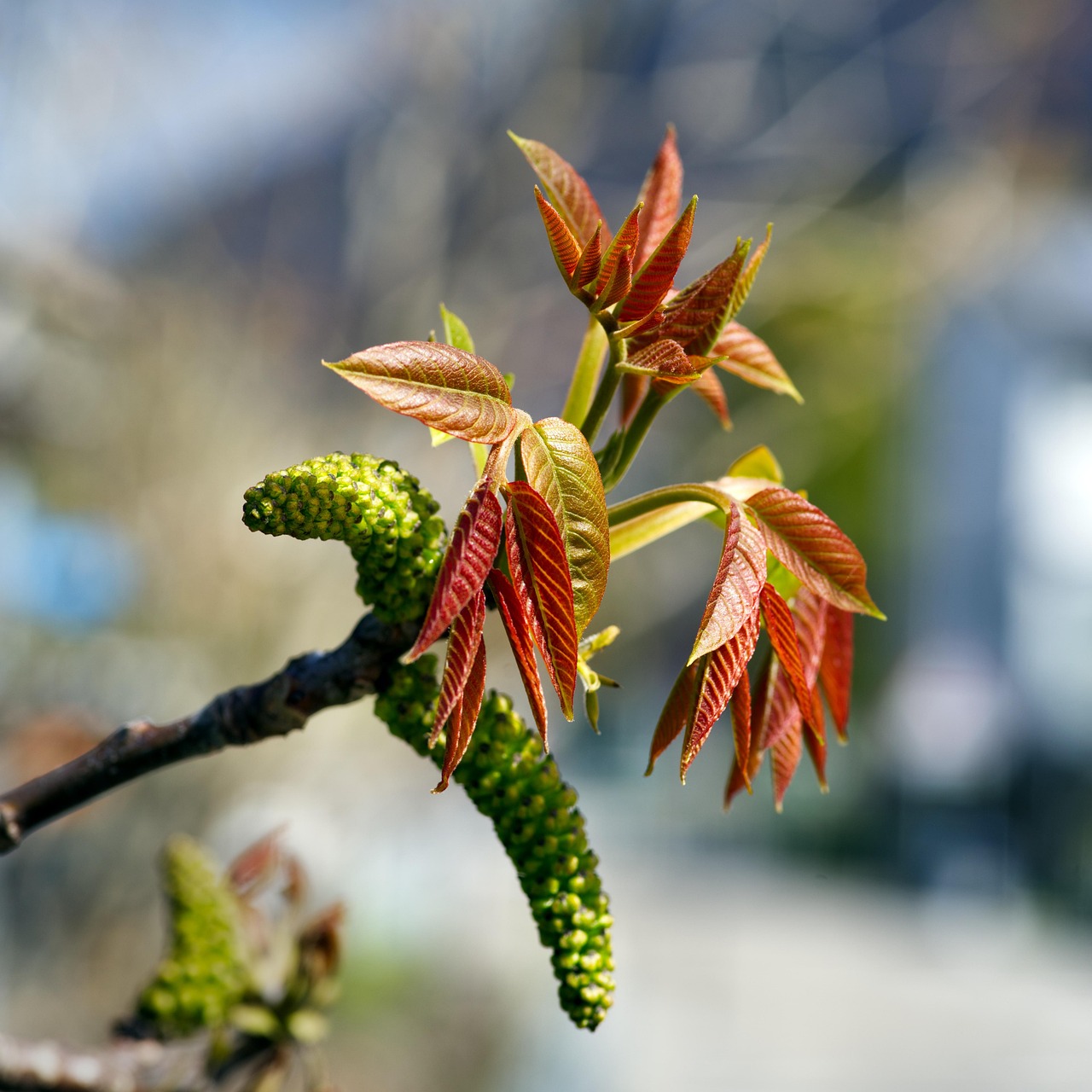Walnut trees typically have a moderate growth rate, generally ranging from 12 to 24 inches per year, depending on species, soil quality, and climate conditions. For timber production, optimal growth occurs in well-drained, nutrient-rich soils with full sunlight. In contrast, nut production may take longer to establish, often requiring 5 to 7 years before significant yields are achieved.
Walnut trees, specifically the English walnut (Juglans regia), typically exhibit a growth rate of about 1 to 2 feet per year during their early years. For optimal timber and nut production, these trees reach maturity around 10 to 15 years, with full production taking up to 20 years.
Walnut trees are renowned for their high-quality wood and delicious nuts. Their growth rate plays a crucial role in determining both timber yield and nut production. Understanding these growth rates helps growers make informed decisions about planting, management, and harvesting practices. The growth rate can vary based on several factors, including species, soil quality, climate conditions, and care provided during their growth stages.

Among the various species of walnut trees, the English walnut is the most cultivated for commercial nut production. These trees thrive in well-drained soils and prefer a temperate climate. They can be sensitive to extreme weather conditions, which can impact their overall growth and productivity.
Factors Influencing Growth Rate
The growth rate of walnut trees is influenced by several factors. Understanding these factors can help in optimizing growth conditions for better timber and nut production.
- Soil Quality: Walnut trees prefer deep, fertile soils with good drainage. Poor soil conditions can significantly slow down growth.
- Water Availability: Adequate moisture is essential. While walnut trees require regular watering, overwatering can lead to root rot.
- Climate: Walnut trees grow best in regions with moderate temperatures. They are susceptible to frost damage, especially during flowering.
- Sunlight: These trees require full sunlight for optimal growth. Insufficient light can stunt their growth and affect nut production.
- Pest and Disease Management: Pests and diseases can hinder growth. Regular monitoring and proper management practices are essential.
Furthermore, the initial planting methods and ongoing care also play significant roles in how quickly walnut trees grow. Young trees require proper pruning and fertilization to establish a strong framework that supports future growth.

Growth Stages of Walnut Trees
Walnut trees experience several growth stages throughout their life cycle. Each stage has specific care requirements and expectations for growth rate.
| Growth Stage | Age (Years) | Typical Height Growth (Feet) | Notes |
|---|---|---|---|
| Seedling | 0-1 | 1-3 | Requires careful watering and protection from pests. |
| Youth | 2-5 | 3-10 | Focus on establishing strong roots and trunk development. |
| Mature | 6-15 | 10-20 | Starts producing nuts; maintain regular care for optimal yield. |
| Full Production | 16+ | 20+ | Maximum nut and wood production; requires management for longevity. |
The seedling stage is critical for establishing a healthy tree. During the youth stage, attention should be paid to pruning to encourage vertical growth. As the tree matures, it will begin to produce nuts around year six but will not reach full production until later. This timeline varies based on environmental factors and tree health.
Cultivating walnut trees can be a rewarding endeavor. With proper understanding and management of their growth rates, growers can enhance both timber quality and nut yield, making it a lucrative agricultural practice. As with any crop, patience is essential, as the benefits of growing walnut trees unfold over time.

Optimal Conditions for Walnut Tree Growth
Creating optimal conditions for walnut tree growth is essential for maximizing both timber and nut production. Understanding the specific requirements of these trees can lead to better management practices. Here are some key elements to consider:
- Soil pH: Walnut trees thrive in a soil pH range of 6.0 to 7.5. Testing soil before planting can help in determining if amendments are needed.
- Nutrient Management: Regular soil testing helps identify nutrient deficiencies. Key nutrients for walnut trees include nitrogen, phosphorus, potassium, and calcium.
- Watering Practices: Drip irrigation systems are often beneficial for maintaining consistent moisture levels without over-saturating the soil.
- Companion Planting: Growing certain plants alongside walnut trees can enhance growth by promoting biodiversity and improving soil health.
Water Requirements
Water is a critical factor in the growth of walnut trees. Young trees require consistent moisture to establish their root systems. As trees mature, their water needs evolve. Here are some guidelines for watering walnut trees:
- Young Trees (0-5 years): Water deeply and regularly, especially during dry spells. Aim for 1 to 2 inches of water per week.
- Mature Trees (6 years and older): They typically require less frequent watering. Monitor soil moisture and adjust accordingly.
- Drainage: Ensure well-drained soil to prevent root rot. If soil drainage is poor, consider raised beds or other drainage solutions.
Pest and Disease Management
Pests and diseases can significantly impact the growth and productivity of walnut trees. Early detection and management are crucial to protect these valuable resources. Here are some common pests and diseases along with their management strategies:

| Pest/Disease | Description | Management Practices |
|---|---|---|
| Walnut Husk Fly | A pest that affects the nuts, causing damage and reducing quality. | Use traps and cover nuts with nets to prevent access. |
| Powdery Mildew | A fungal disease that appears as a white coating on leaves. | Improve air circulation and apply fungicides as necessary. |
| Root Rot | A disease caused by excess moisture leading to root decay. | Avoid overwatering and ensure good drainage in the soil. |
| Nematodes | Microscopic worms that can damage roots and hinder growth. | Practice crop rotation and use resistant rootstocks. |
Regular monitoring for signs of pests or diseases is essential. Implementing an integrated pest management (IPM) approach can minimize chemical use while effectively controlling issues.
Pruning and Training Techniques
Pruning is vital for the health and productivity of walnut trees. Proper pruning techniques encourage strong structure, improve air circulation, and enhance light penetration. Here are some important tips for pruning walnut trees:
- Timing: Prune during the dormant season, typically late winter or early spring, before new growth begins.
- Remove Dead or Diseased Wood: Always remove any dead or infected branches to promote healthy growth.
- Crown Management: Aim for a central leader structure to optimize sunlight exposure and improve nut yield.
- Avoid Over-Pruning: Excessive pruning can stress the tree and reduce its overall vigor.
Training young trees to develop a strong scaffold can lead to better long-term growth. Using stakes or supports may be necessary to guide young trees into an upright position.
The Role of Fertilization
Fertilization plays a significant role in enhancing the growth rates of walnut trees. A well-balanced fertilization program should address the specific needs of the soil and the tree’s life stage. Here are some general guidelines:
- Soil Testing: Conduct soil tests every few years to determine nutrient levels and adjust fertilization accordingly.
- Nitrogen Application: Apply nitrogen-rich fertilizers in early spring to support vigorous growth during the growing season.
- Micronutrients: Ensure adequate levels of micronutrients like zinc and boron, which are essential for optimal growth and nut production.
By focusing on these optimal conditions, growers can significantly enhance the growth rates of walnut trees, leading to higher yields of timber and nuts over time.
Harvesting Walnut Trees
Harvesting walnut trees at the right time is essential for achieving the best quality nuts and timber. The timing and methods of harvesting can greatly influence both yield and marketability. Understanding the signs of maturity and employing proper techniques will help ensure a successful harvest.
Signs of Maturity for Nut Harvesting
The optimal time to harvest walnuts largely depends on their maturity. Here are some key indicators to look for:
- Hull Color: When the outer hull changes from green to a yellowish hue, it indicates that the nuts are nearing maturity.
- Shell Hardness: Mature walnuts will have a hard shell that can be easily cracked with a nutcracker but is not overly dry.
- Falling Nuts: If nuts begin to fall from the tree without shaking, this is a strong sign that they are ready for harvest.
Harvesting should typically occur in late summer to early fall, depending on the climate and specific walnut variety. It is crucial to monitor the trees closely as the harvesting window can be narrow.
Methods of Harvesting
There are different methods for harvesting walnuts, each with its own advantages and considerations. The choice of method may depend on the scale of production and available resources.
Mechanical Harvesting
For larger orchards, mechanical harvesting is often the most efficient method. This approach involves using specialized equipment that can shake the trees or collect fallen nuts automatically.
- Shakers: These machines gently shake the walnut trees, causing ripe nuts to fall onto padded tarps or directly into collection bins.
- Sweepers: After shaking, sweepers can gather the fallen nuts into windrows for easy collection.
Using machinery can significantly reduce labor costs and increase efficiency, making it ideal for larger operations.
Manual Harvesting
For smaller orchards or home gardens, manual harvesting may be more practical. This method involves hand-picking or using tools to gather fallen nuts.
- Hand-Picking: Collecting nuts directly from the ground ensures quality control but can be labor-intensive.
- Buckets or Bags: Using containers can make it easier to transport collected nuts, reducing the risk of bruising.
While manual harvesting takes more time, it allows for careful selection of high-quality nuts and can be more environmentally friendly.
Post-Harvest Processing
After harvesting, proper processing is essential to maintain the quality of walnuts. This includes cleaning, drying, and storing the nuts effectively.
Cleaning Walnuts
Cleaning removes debris, leaves, and any damaged nuts. Here are some steps to follow:
- Remove Hulls: If harvested while still in their hulls, remove them promptly to prevent mold and decay.
- Wash Nuts: Rinse walnuts with water to eliminate dirt and debris. Make sure they are well-drained after washing.
Drying Process
Dried walnuts have a longer shelf life and better flavor. Proper drying techniques include:
- Airing: Spread cleaned nuts in a single layer in a well-ventilated area away from direct sunlight.
- Dehydrators: For faster drying, use food dehydrators set at low temperatures until nuts reach a moisture content of around 7-8%.
Storage Conditions
Storing walnuts properly is crucial for preserving freshness. Consider these storage tips:
- Cooled Environment: Store walnuts in a cool, dry place, ideally below 50°F (10°C) to prevent spoilage.
- Airtight Containers: Use sealed containers or vacuum bags to minimize exposure to air and moisture.
If stored correctly, walnuts can last up to a year or more without significant loss of quality.
The Economic Impact of Walnut Production
The cultivation of walnut trees not only provides timber and nut products but also contributes significantly to local economies. Walnut farming can create jobs and stimulate rural development.
Market Demand
The demand for walnuts has steadily increased due to their health benefits and use in various culinary applications. Key markets include:
- Domestic Consumption: A significant portion of walnuts is consumed within the country, often used in baking and cooking.
- Export Opportunities: Countries with robust walnut production often export large quantities to international markets, enhancing economic growth.
Cultivation Costs vs. Returns
While establishing a walnut orchard requires significant investment—covering land preparation, planting, irrigation, and maintenance—the long-term returns can be substantial. Factors influencing profitability include:
- Yield per Acre: Higher yields lead to greater returns. Mature trees can produce 1,000 to 2,000 pounds of nuts per acre annually.
- Market Prices: Fluctuations in market prices for walnuts can impact overall profitability. Keeping abreast of market trends is crucial for planning.
The economic benefits of walnut cultivation extend beyond individual growers, positively influencing communities through job creation and increased local revenues.
Future Trends in Walnut Production
As walnut production continues to grow, several future trends are emerging that could significantly influence the industry. These trends reflect changes in consumer preferences, technological advancements, and environmental considerations.
Sustainable Farming Practices
With increasing awareness of environmental issues, sustainable farming practices are becoming more popular among walnut growers. Here are some key aspects:
- Organic Farming: A shift toward organic growing methods is gaining momentum. This includes using natural fertilizers and pest control methods to meet consumer demand for organic products.
- Agroforestry: Integrating walnut trees into agroforestry systems can enhance biodiversity, improve soil health, and provide additional income sources through the cultivation of companion crops.
- Water Conservation: With water scarcity in many regions, implementing efficient irrigation systems, such as drip irrigation, is becoming essential for sustainability.
Innovation in Technology
Technological advancements are driving efficiency and productivity in walnut orchards. Some notable innovations include:
- Precision Agriculture: Utilizing GPS and drone technology for monitoring tree health, soil conditions, and irrigation needs allows growers to make data-driven decisions.
- Automation: Automated harvesting equipment is being developed to increase efficiency while reducing labor costs, making walnut farming more economically viable.
- Genetic Research: Advances in plant genetics may lead to the development of walnut varieties that are more resistant to pests and diseases or better suited to specific climates.
Consumer Trends
Consumer preferences are shifting towards healthier food choices. Walnuts, rich in omega-3 fatty acids and antioxidants, are benefitting from this trend. Key consumer trends include:
- Health-Conscious Eating: As more people prioritize health, the demand for walnuts as a nutritious snack or ingredient in health foods is likely to rise.
- Sustainable Sourcing: Consumers are increasingly interested in sourcing products from sustainable farms. Growers who adopt environmentally friendly practices may find a competitive advantage in the market.
Challenges Facing Walnut Growers
While there are numerous opportunities for growth in walnut production, growers also face several challenges that need to be addressed. These include:
- Climate Change: Changing weather patterns can affect growth rates and nut production. Droughts or unexpected frosts can significantly impact yields.
- Pest and Disease Management: As pests evolve and become more resistant to conventional management strategies, ongoing research and adaptation are necessary to protect walnut crops.
- Market Fluctuations: Economic factors can influence walnut prices. Growers must remain agile and informed about market trends to mitigate risks.
Final Thoughts
The growth rate of walnut trees for timber and nut production is influenced by a multitude of factors ranging from environmental conditions to management practices. Understanding these dynamics allows growers to maximize their yields and ensure sustainable production. As the demand for walnuts continues to rise due to their health benefits and culinary versatility, growers can leverage innovative practices and technologies to remain competitive in the market.
Investing in proper care and management strategies not only enhances the growth rates of walnut trees but also contributes positively to local economies. By staying informed about trends, challenges, and advancements in the industry, walnut growers can better navigate the future landscape of walnut production.
In conclusion, the journey of cultivating walnut trees is one that combines patience, knowledge, and a commitment to sustainable practices. As the industry evolves, those who adapt and innovate will thrive, ensuring that walnut trees remain a valuable resource for generations to come.
